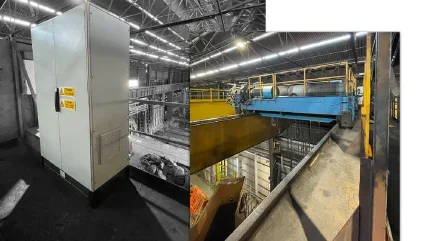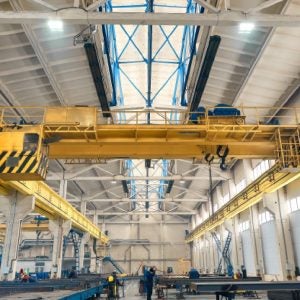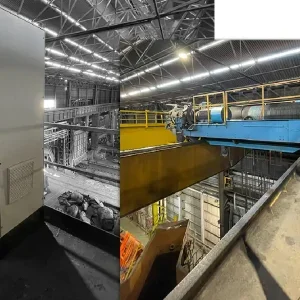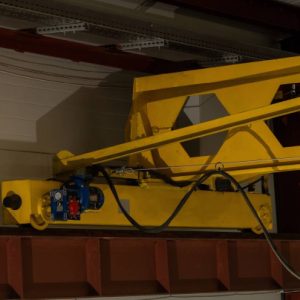
Street Cranexpress and bxh Electrical Wholesale have collaborated on a hoist panel replacement project for a prominent steel production and engineering company.
The engineering company faced a critical equipment breakdown when the variable speed drive system of a 100-ton forge crane failed, threatening to disrupt operations.
Street Cranexpress responded swiftly by dispatching engineers to assess the situation, which revealed that the hoist panel was in poor condition and beyond repair.
The UK crane maker recommended a hoist panel, including a 160kW variable frequency drive and associated control component, as the optimal solution.
The urgent need to minimise downtime was a primary challenge, as the crane’s downtime was impacting production. Logistical challenges also emerged during the installation of the new control panel and components.
Street Cranexpress developed, verified, and approved the preliminary design of the new hoist control panel within one week.
UK-based electrical products wholesaler bxh has supplied the components, such as the 160kW VFD, contactors, relays, and circuit protection equipment, for the project.
With components ready, Street Cranexpress project engineers assembled the panel at their Sheffield workshop, followed by factory acceptance testing to ensure operational integrity.
The installation was executed over one week, focusing on safety and precision.
Bxh, in a LinkedIn post, said: “We recently worked alongside Street Cranexpress, supplying components for a new Hoist Panel Replacement for a project they were tasked with by a leading steel production and engineering company.”
The project involved lifting heavy equipment into a confined overhead space, requiring meticulous planning.
A mobile crane from PP Engineering facilitated the lifting and positioning of the new control panel and resistor banks, requiring detailed planning due to limited headroom.
Electrical integration involved installing and terminating all electrical cabling according to new schematics.
A rotary encoder was mounted on the hoist motor shaft, with a new encoder cable routed through the festoon system to the panel.
New resistor banks were secured, and cables were linked to the new panel. After installation, power was restored, and the VFD settings were configured.
Live testing with customer-supplied test weights ensured accurate load handling and hoist performance.
Upon successful testing, full commissioning documentation, electrical schematics, and VFD manuals were provided to the customer for future reference and maintenance.
The entire project, from initial contact to commissioning, was completed within four weeks.
The customer now has a modernised and reliable hoist system, ensuring long-term operational stability and reducing the risk of future unplanned downtime.






